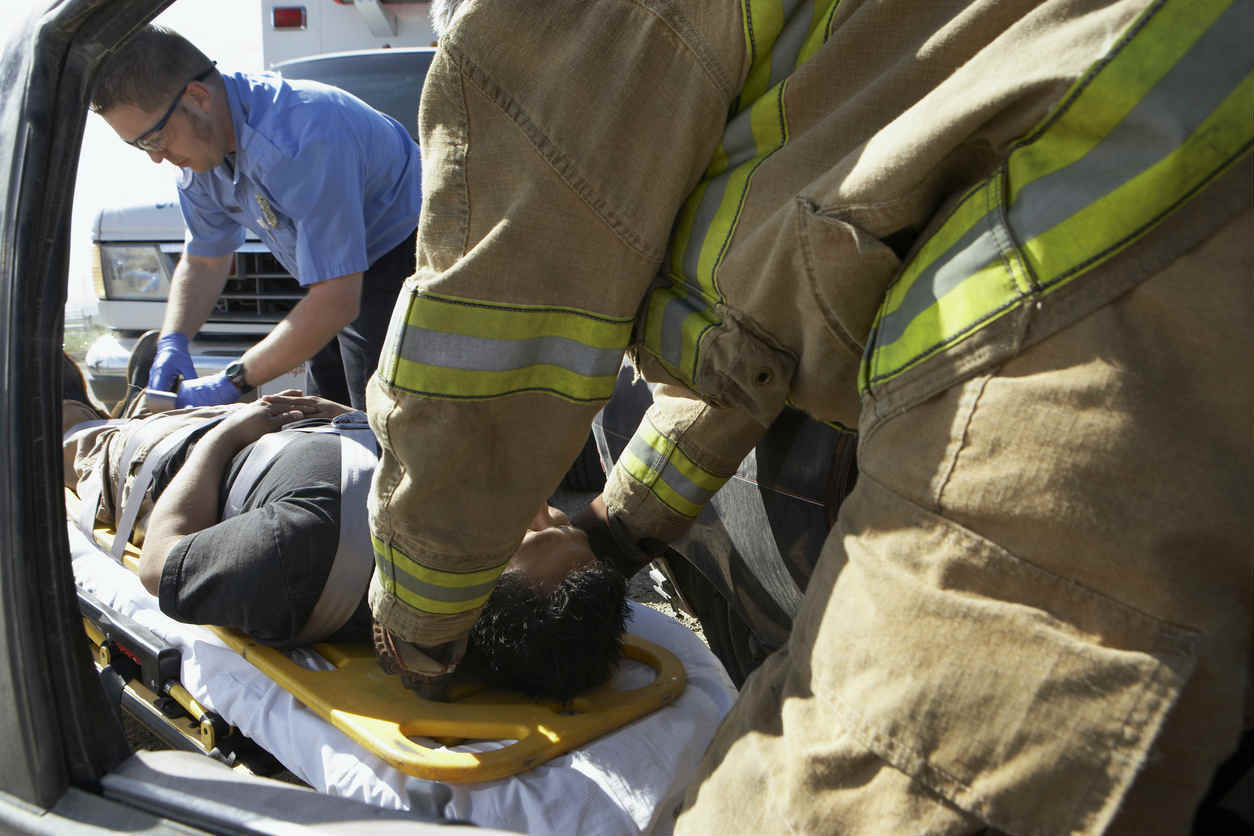According to the Mayo Clinic, car accidents are responsible for over 35 percent of all spinal cord injuries.

The spine is particularly vulnerable in the event of a crash, however, these injuries are often difficult to notice until hours or even days after a crash.
Spinal cord injuries are, of course, extremely serious in nature, and can result in permanent disabilities. The victim may be left paralyzed for life and may have to depend on others even for basic activities.
Four common spinal injuries in car accidents
Whiplash
It is not uncommon for victims of rear-end collisions to suffer whiplash. The force of the impact can jerk your head forward and backward violently. In the event of a front end collision, this movement is usually prevented by the headrest. The symptoms of whiplash usually become evident within 24 hours of the injury, and may include:
- Neck pain
- Stiff neck
- Headaches originating from the base of the skull
- Blurred vision
- Fatigue
- Dizziness
- Memory problems
- Tinnitus
- Irritability
- Trouble concentrating
- Difficulty sleeping
Spine Fractures
Car accident victims often sustain compression fractures in the lower and middle back. In case the impact of the crash throws the upper body forward, while the seatbelt holds the lower body in place, it can pull apart the vertebrae and even severe the spinal cord.
When someone suffers a back injury in a car crash, you generally shouldn’t move the patient. Wait for the paramedics to arrive. They will secure the patient with a neck collar and backboard before transporting him/her to the hospital. When a person suffers a spine fracture, he/she will experience intense pain that becomes worse with movement. Some other symptoms include:
- Numbness
- Weakness
- Tingling
- Loss of bladder and bowel control
Herniated Disc
The spinal discs act as shock absorbers. In a car crash, these discs can herniate. Even a small crack on the outside of the disc can cause the soft center to push through and put pressure on the surrounding nerves. Depending on the location of the herniated disc, the crash victim may notice arm or leg pain, and numbness, tingling, and/or weakness in the affected areas.
Spondylolisthesis
This condition happens when a stress fracture pushes a vertebra out of position. This bones can then press on the nerves and narrow the spinal column causing pain and numbness. It can also make walking difficult, and cause weakness in the buttock or legs. While some people may not experience any symptoms, others may continue to have problems even years after the crash.
Why Choose Us vs TV Lawyers?
Direct Attorney Access
Maximum Settlement Focus
Trial-Ready Cases
Paralegal Handling
Quick Settlement Push
Settlement-Only Focus
Free Consultation with a St. Louis Car Accident Lawyer
Don’t talk to an insurance claims adjuster before speaking with The Hoffmann Law Firm, L.L.C. We can help you avoid making statements that may affect the outcome of your case. The consultation is free; you don’t pay unless we get you money!
